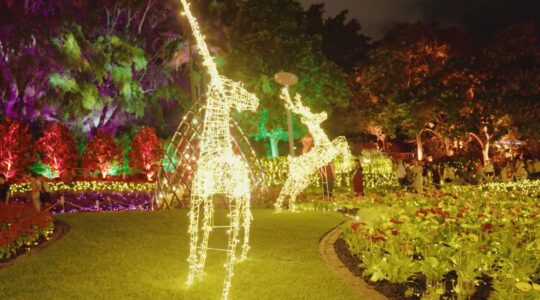Green space needs to be available where people spend their working days, not just near homes, a new study has found.
The research also revealed that use of green space is greatest when people have regular childhood experiences with these areas.
A team led by Kobe University in Japan said the findings had implications for city design and the way people were educated on the benefits of interacting with nature.
According to the research report, published this week, using green space cannot be taken for granted and inequalities exist around its availability.
“People use green spaces more if they are available throughout their daily environments, not just around where they live,” the researchers said.
“Visiting green spaces is good for people’s health, both psychologically and physiologically.
“However, how often people use green spaces is not equal and has been the topic of discussion in the fields of urban planning and regional governance.”
The report said most research on green space had been focussed on its availability in residential areas.
However, a survey of 3500 people found they were far more likely to use green space if it was available where they worked and shopped.
The results, published in the Journal of Environmental Management, showed that just providing green space in residential areas did not guarantee people would use it.
“The results also showed that another very consistent factor driving visits to nature is people’s childhood nature experience and nature relatedness, and that nature relatedness was stronger the older the respondents were,” the research report said.
“This shows how important effective environmental education for all generations is.”
In particular, the survey showed that being close to agricultural land and green spaces with complex shapes correlated well with the frequency of people’s use of green spaces.
The full report is on the Kobe University website.








